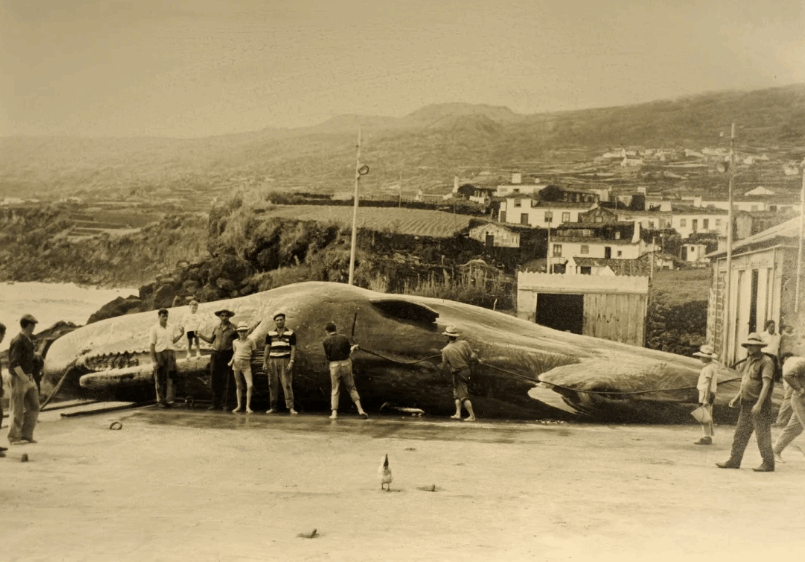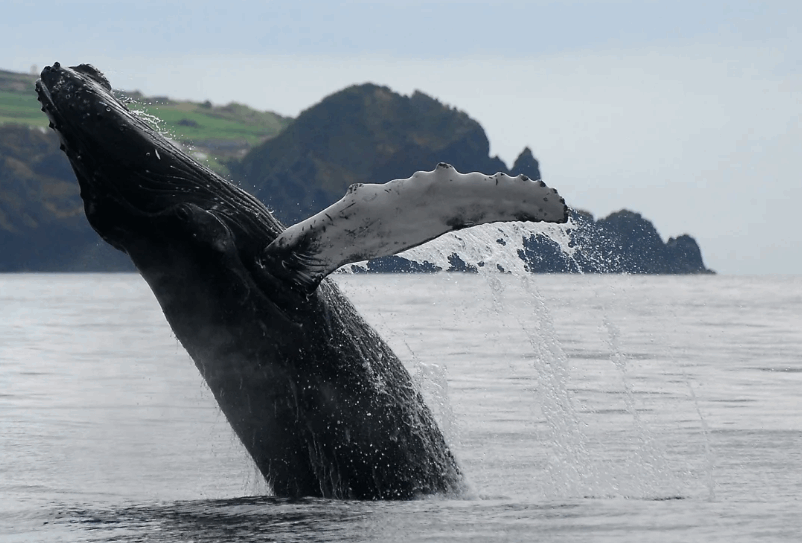A springtime visit to the Azores promises incredible sightings of whales and dolphins, with the archipelago's remote location on the migration route of various whale species. From March to June, tourists may witness behemoths like the blue whale and fin whale during whale migration season. The Azores are also home to resident cetaceans, including sperm whales and dolphins, making it a top global destination for whale watching, with nearly one-third of the world's cetacean species observed here.
The relationship between Azoreans and whales has a complex history, dating back to the 15th century when early settlers harvested dead whales for lamp oil. By the 18th century, whaling became a lucrative industry, with American whaling ships recruiting Azorean men to work onboard. Many immigrated to the US, and some returned to the Azores with knowledge of whale hunting, kick starting the local whaling industry.
While whaling is viewed as cruel today, it was once a means of survival for Azoreans, providing essential income for their families. The money earned from whaling was used for basic needs, and films like "The Last Whalers" and "The Last Whalers of São Miguel" shed light on the challenging lives of Azorean whalers.

